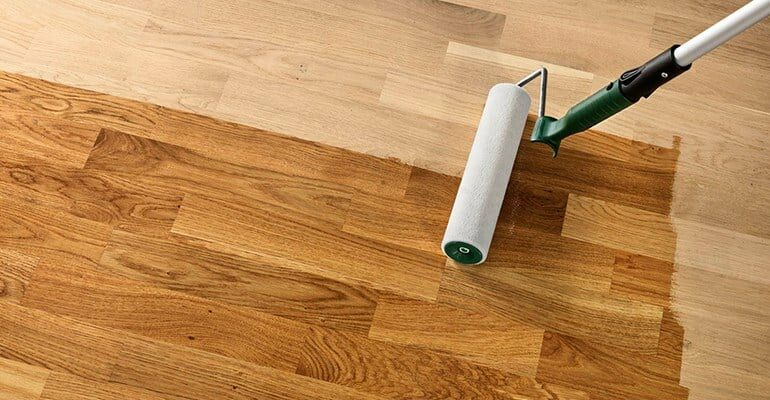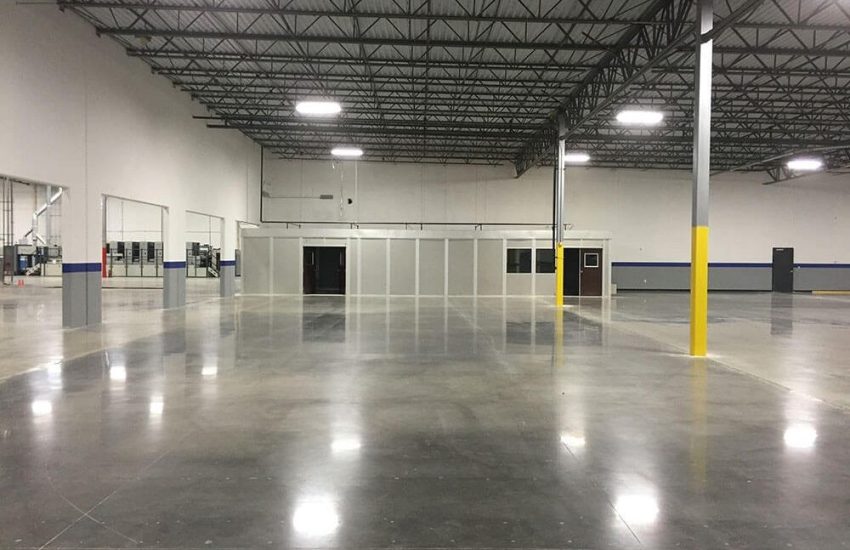What Are Some Common Mistakes To Avoid When Refinishing Hardwood Floors?
Refinishing your hardwood flooring can not only renew your floor, but also restore your home interior’s beauty. It is a major renovation project and should not be taken lightly. When you know about the common mistakes committed during floor refinishing, you can ensure the right steps are taken to ensure the desired results are achieved.
Some of the most common mistakes you must avoid are as follows:
- Improper & Inadequate Preparation
A common mistake is not taking all the steps required to prepare the floor for refinishing. Some of the requirements that need to be addressed before beginning this project include:
- A Thorough Cleaning: Before the floor is sanded, all the dirt, dust, and debris must be removed. Otherwise, the sandpaper will keep getting clogged and you will not have a smooth finish.
- Repairing Damages: Make sure the floor is inspected for any signs of cracks, gaps, or other damages and they should be repaired.
- Removing Baseboards: Next, you should remove any baseboards and furniture from the room.
- Using the Incorrect Sandpaper Grit
When sanding, it is important to use the right sandpaper grit to achieve an even and smooth finish. If the grit is too coarse, you will end up with deep scratches. If it is too fine, you will have an uneven surface. It is recommended to follow these tips when choosing sandpaper grits:
- Remove the old finish with a coarser grit of 36 to 40
- Use sandpapers with progressively finer grits for a smoother surface
Check the manufacturer’s recommendations to choose the ideal sandpaper grit.
- Improper Sanding
Not properly sanding can create various problems. This can include:
- Uneven Sanding: Uneven motion or excessive pressure during sanding can create an uneven surface.
- Sanding Against the Grain: Another common mistake is sanding against the grain, which can result in deep scratches or damage to the fibers.
- Not Considering Moisture Challenges
This is perhaps the most common mistake during a floor refinishing job. If you overlook moisture challenges during refinishing, you can end up with a damaged hardwood floor. When the moisture levels are assessed, it becomes possible to avoid the following issues later on:
- Buckling
- Warping
- Cupping
If a large amount of moisture gets trapped under the surface, the finish coating can bubble. Professional contractors use moisture meters to check the amount of moisture in the wood. When excessive moisture is addressed before refinishing, it can help avoid any problems later on.
- Incorrect Application
Properly applying the finish is important to achieving an elegant, long-lasting result. Some of the common instances of incorrect application include:
- Applying excessive finish
- Not applying enough coats
- Not giving the finish enough time to dry
It is important to maintain the right balance of coats to achieve optimal aesthetics and durability. If too many coats are applied, you can end up with a plasticky, thick finish. The hardwood surface can become prone to flaking or peeling.
If there are not enough coats, the hardwood will be left vulnerable to wear, scratches, and stains. You should ensure the coat is applied evenly and adequate drying time is allowed between each coat.
Missing the buffing process is also a common mistake. Buffing is required to smooth out any imperfections. It must be perfected between the different coats of finish. If this part of the process is skipped, you can expect an uneven and rough finish. Additionally, you should avoid rushing through the process. Once the floor has been refinished, it is important to ensure regular and timely maintenance to keep your floor in good condition. It is further recommended to use floor protectors and clean away any spills immediately.



